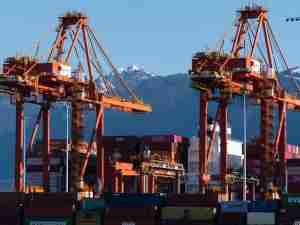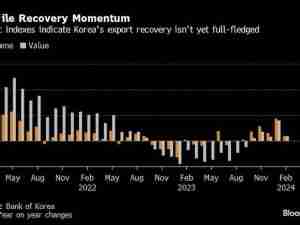Japan’s economy grew more than expected in the second quarter as stronger consumer spending and business investment offset slumping exports.
Gross domestic product grew an annualized 1.8% from the previous three months, the Cabinet Office said Friday. That compared with economists’ median estimate for 0.5% growth, and is down from a revised 2.8% in the first quarter.
Key Insights
- Consumer spending helped drive growth, rising the most in two years. It got a lift from a 10-day public holiday and shoppers making purchases ahead of a planned sales-tax hike in October. It’s not likely to continue at that pace, especially after the tax hike.
- Government spending also supported the expansion, contributing a surprisingly strong 0.7 percentage point to the annualized GDP growth figure.
- A stronger yen poses risks to the profits of Japanese exporters, which may weigh on jobs and capital investment at home. Capital spending has held up so far despite the export slump, thanks partly to the need for labor-saving technology.
- Japan’s economy has kept growing this year despite seven straight months of falling exports. Economists forecast slower growth of 0.7% in 2019, but if the U.S.-China trade war continues, or worsens, all bets are off.
- “We shouldn’t be optimistic about the outlook for the economy because of today’s data,” said Yoshiki Shinke, chief economist at Dai-Ichi Life Research Institute. “Trade tensions are escalating and we have a sales-tax hike coming up.”
What Bloomberg’s Economists Say
“Looking ahead, fiscal stimulus and last-minute purchases ahead of a sales-tax hike in October are likely to support growth in 3Q. That said, growth will hinge on how external demand holds up and U.S. protectionism plays out. The escalating U.S.-China trade war is a clear negative for supply-chain demand.”—Yuki Masujima, senior economist Click here to read the report








